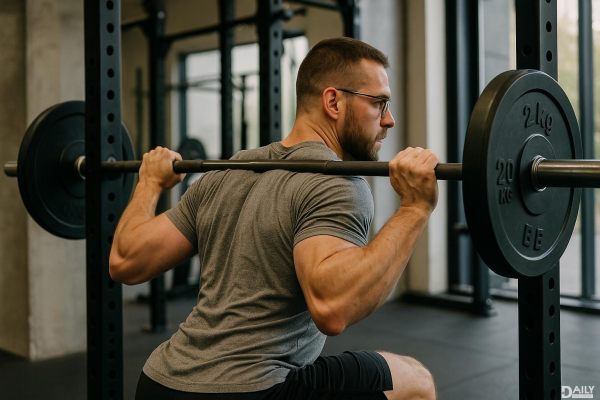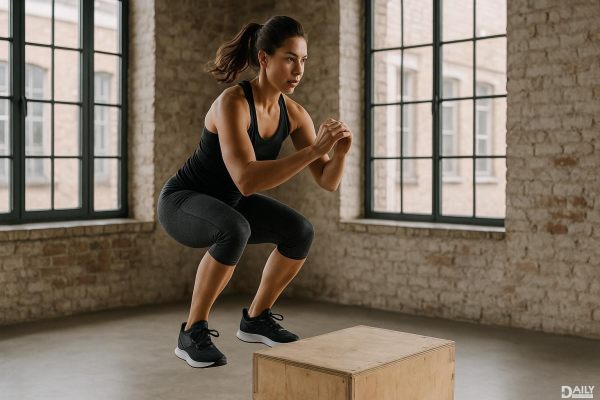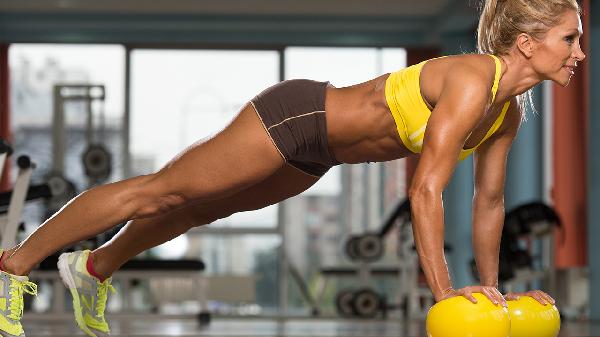If you've been grinding away at the gym with high bar squats and hitting plateaus, switching to a low bar squat placement might just be the tweak your routine needs. This subtle adjustment shifts the barbell lower on your back, engaging more posterior chain muscles—think glutes, hamstrings, and even your lower back—for a stronger, more explosive lift. It's not just about loading more weight; it's about working smarter by leveraging biomechanics to maximize power and efficiency.

When you drop the bar a couple of inches lower—resting it across the rear delts instead of the traps—you change the entire leverage game. Your torso naturally leans forward slightly, which reduces sheer stress on the knees and shifts emphasis to the hips. This positioning mimics movements like deadlifts, making it a favorite among powerlifters who need to move serious weight. The low bar squat also shortens the moment arm (the horizontal distance between the barbell and your joints), meaning you can handle heavier loads with less perceived effort. Translation? You might finally crush that PR that’s been taunting you.
While everyone can experiment with this variation, it’s a goldmine for lifters with specific goals or body types. If you’re built with longer femurs or a taller torso, the forward lean in low bar squats can help you maintain balance without sacrificing depth. Powerlifters adore it for competition prep, but even casual gym-goers might find it relieves wrist or shoulder discomfort caused by high bar positioning. And if you’re chasing that peachier backside? The increased glute activation is basically a cheat code.
Nailing low bar form takes practice, and there are pitfalls to avoid. A too-wide grip can strain your shoulders—keep hands just outside shoulder width to stabilize the bar without overstretching. Another rookie error? Letting the chest collapse forward. Fight this by bracing your core like you’re about to take a punch and keeping your gaze slightly upward. And don’t skimp on mobility work; tight ankles or hips will sabotage your depth. Try drills like goblet squats or hip flexor stretches to grease the groove.
To make this variation work for you, integrate it strategically. Start with lighter weights to groove the movement pattern, then gradually increase load over 3–4 weeks. Pair it with complementary lifts like Romanian deadlifts or hip thrusts to reinforce posterior strength. For hypertrophy, aim for 3–4 sets of 6–8 reps; for pure strength, go heavier at 3–5 reps per set. And listen to your elbows—if they start barking from supporting the bar, reassess your grip or throw in some triceps mobility drills.
Switching to low bar squats isn’t about ditching what works—it’s about expanding your toolkit. Whether you’re chasing strength, aesthetics, or just a break from monotony, this small tweak can deliver outsized results. Give it a few sessions to feel awkward before it clicks, and soon you’ll wonder why you didn’t try it sooner.
























